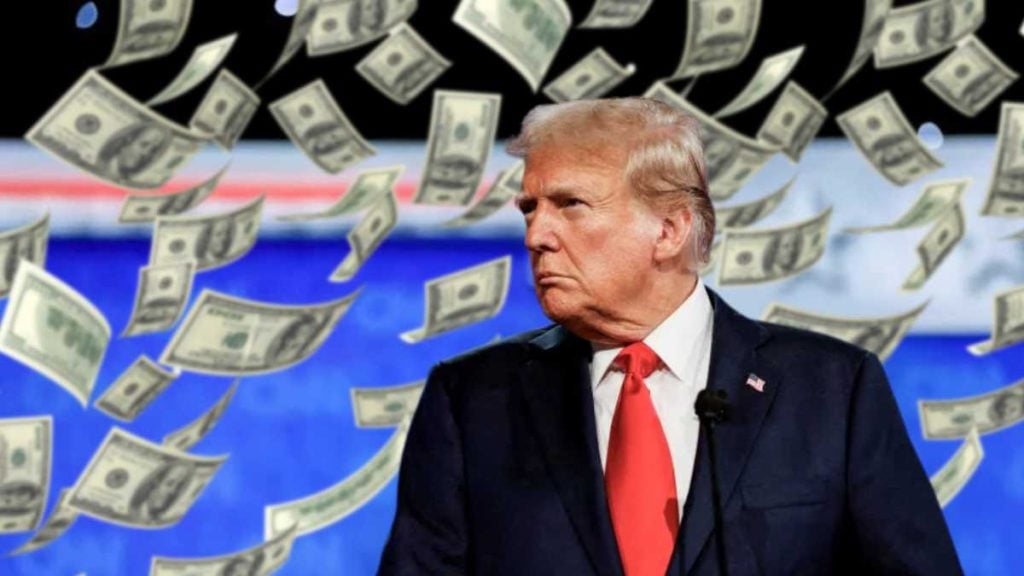The possible DOGE dividend check has generated excitement among American taxpayers. The initiative proposes rebates of up to $5,000 funded by savings identified by the Department of Government Efficiency (DOGE), led by Elon Musk. So far, this is what we know about its possible official confirmation or its implementation on some specific date.
James Fishback, CEO of Azoria, has been promoting the idea of these stimulus checks since February, but more recently, in an interview with Chris Cuomo, he said: “Yes, I really think it will happen,” citing meetings with members of Congress. Fishback claimed to have support from Donald Trump, Musk and economist Kevin Hassett.
Where would the DOGE money come from?
The “DOGE dividend” proposal contemplates the distribution of 20% of the savings generated by DOGE to taxpayers, which would translate into a one-time payment of approximately $5,000 per household. The remaining 80% would go to reducing the national debt. However, this initiative requires approval by Congress, and various experts have expressed doubts about its viability and possible inflationary effects.
DOGE has reported a total of $155 billion in savings at the federal level, which translates to approximately $1,000 for every taxpayer. However, this proposal still needs the approval of Congress. During a visit to Wisconsin, Musk warned that the refunds will be conditional on cuts in public spending and improvements in government efficiency.
On March 27, Musk detailed on FOX News that DOGE is looking to reduce $1 trillion from the deficit through cuts. Fishback proposed allocating 20% of savings to rebates, excluding low-income households. According to him, this would avoid inflation, unlike pandemic checks.
Trump recently mentioned that he was going to evaluate the “DOGE dividend”, but without further details. Fishback emphasized that the beneficiaries would be net contributors, not aid recipients. The Pew Research Center indicates that 40% of Americans do not pay federal taxes, limiting the scope.
Checks would be issued per household, not individually. They would include Social Security recipients who meet tax requirements. However, the proposal remains in the conceptual stage, without a defined schedule or mechanisms.
Key Differences Between Dividends, Refunds, and Stimulus Checks
A dividend represents the distribution of a company’s profits to its shareholders, while a refund involves the return of payments previously made, such as taxes. On the other hand, stimulus checks are direct transfers from the government to citizens, intended to encourage consumption and boost the economy.
In the current context, James Fishback, founder of Azoria and promoter of the “DOGE dividend”, maintains that this would not generate inflationary pressures, since it would be financed with real savings obtained by the government, instead of resorting to debt or monetary emission.
What status is the DOGE Department in now?
The Department of Government Efficiency (DOGE) was established by the Trump administration in 2020 with the goal of optimizing the use of technology and reducing public spending. Elon Musk was appointed to lead this initiative, which initially aimed to generate savings of up to $2 trillion annually.
However, this goal was later deemed “unrealistic”, and projections were adjusted to $1 trillion and then $150 billion. To date, DOGE claims to have achieved savings totaling $155 billion, which would be equivalent to approximately $1,000 per taxpayer.
